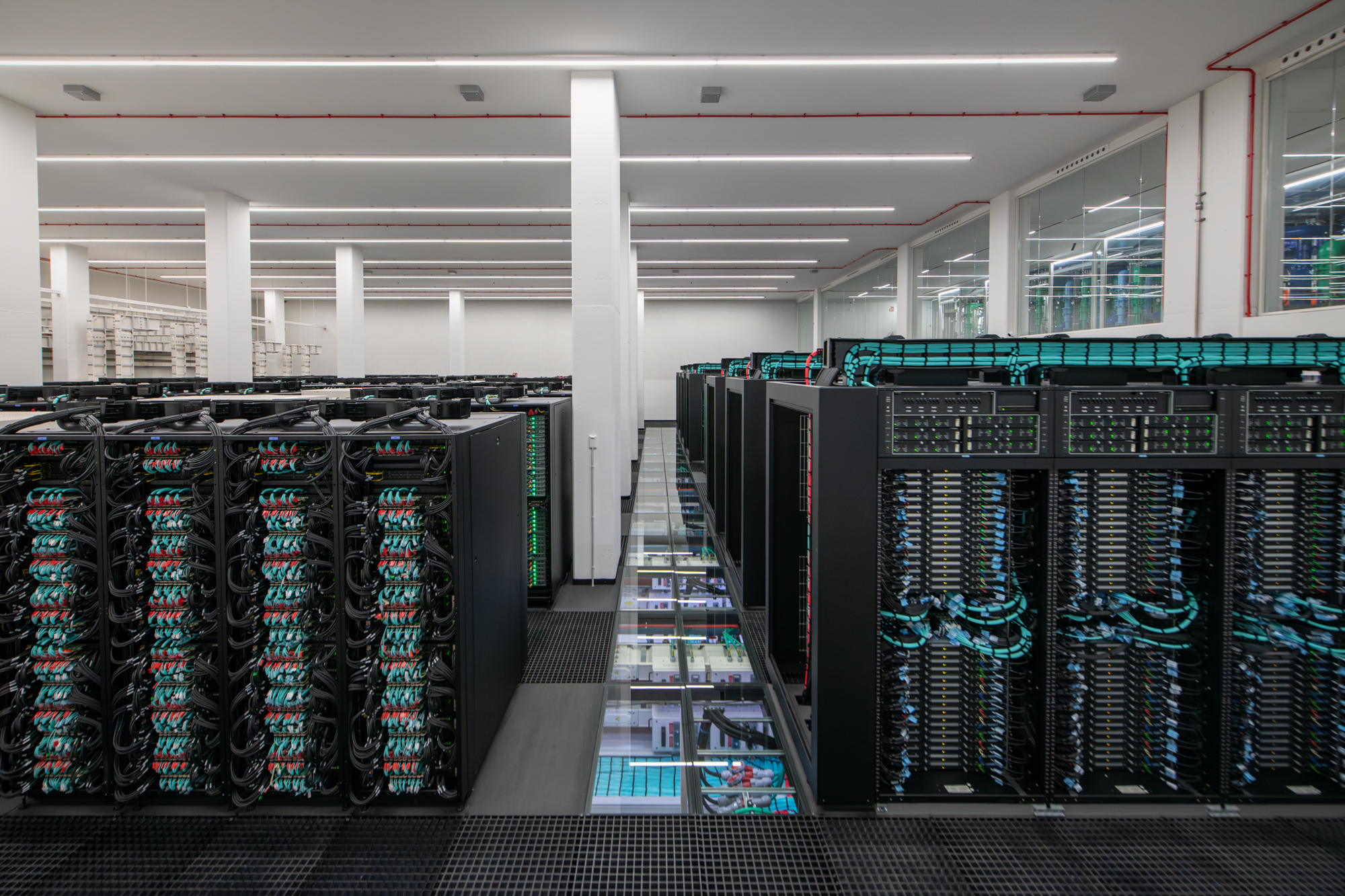
In recent years, digital twin technology has been a catalyst for significant changes across various industrial sectors worldwide. But what exactly are digital twins? They are precise virtual replicas of physical objects, processes, or systems that integrate real-time data to simulate conditions and behaviours. This innovation not only optimises operations but also predicts performances and anticipates failures before they occur.
The Barcelona Supercomputing Center (BSC), renowned for its extensive expertise in advanced simulation technologies, is at the forefront of digital twin development. BSC has applied this cutting-edge technology across a variety of projects, showcasing its capability to create digital twins that revolutionise complex industrial processes.
The TWINGHY project is a prime example of sustainable innovation, aiming to replace natural gas with hydrogen in steel reheating furnaces. This initiative utilizes a digital twin to control equipment behavior and optimize operations, driving both operational efficiency and emissions reduction. Over the past few months, significant progress has been made in establishing the foundational components of the Digital Twin Model. A comprehensive neural network is being developed to ingest data in a manner analogous to an actual furnace. The next phase involves enhancing the model’s robustness by incorporating data from experiments conducted with new burners and hydrogen fuel at the CELSA 3 plant in Barcelona. This approach integrates real data, simulations, and advanced modeling techniques to create a Digital Twin model capable of real-time prediction and valuable analysis for improving furnace operations. By assisting in the decarbonization of the furnace, this framework also holds the potential for developing a feedback control mechanism, further promoting sustainable energy transitions and operational excellence.
In addition to TWINGHY, BSC has developed digital twins in diverse areas. The spin-off company ELEM Biotech, founded by BSC, employs digital twins to predict outcomes of pharmacological therapies and medical devices. In the DestinE project, BSC develops a digital twin of Earth to simulate future impacts of climate change. And through the PerMedCoE initiative, BSC creates digital twins to forecast personalised medical treatment responses at a cellular level.
Another notable project involving BSC is WindTwin, an innovative initiative to create a digital twin for offshore wind farms. The project aims to revolutionise wind energy forecasting, enhance energy production accuracy, and optimise energy demand predictions. There’s also the VCity project, which has developed a human-centric platform for urban digital twins. Here, policymakers can test changes before implementation. Urban digital twins are virtual replicas of real cities that optimise data to map invisible connections between factors like air quality, public services, or energy efficiency. They allow simulating the ripple effects of urban policies over time, making significant changes easy for everyone to understand.
Digital twins are not just virtual models; they are powerful tools that promote innovation, sustainability, and efficiency on a large scale. With initiatives like the TWINGHY project, we can expect significant advancements that will shape the future of industry and technology globally.
Authors: Daniel Mira, Shubham Shubham and Aerton Guimarães
Daniel is the Head of the Propulsion Technologies Group at the Computing Applications for Science and Engineering (CASE) Department of the Barcelona Supercomputing Center (BSC). Dr Mira received his Bachelor’s Degree in mechanical engineering from the Universitat Politècnica de Valencia (Spain) in 2008 and his PhD in mechanical engineering from Lancaster University in 2012. His research is focused on the development of advanced simulation methods to investigate the combustion characteristics of propulsion and power systems. The main activities include physical modeling and numerical methods using High-Performance Computing (HPC) and data-driven approaches.
Shubham, with an advanced degrees from IIT Kanpur and the University of Melbourne, has over 9 years of experience in computational fluid dynamics and aerodynamic research. As a Doctoral Researcher, he utilizes advanced simulations and data-driven models to enhance predictive accuracy in aerodynamics. His extensive background in fluid dynamics and modeling contributes to the TWINGHY project, which aims to replace natural gas with hydrogen in steel reheating furnaces. This project leverages a digital twin to optimize operations, improve efficiency, and reduce emissions.
With a background in project management and corporate communication, Aerton brings over 16 years of experience to his role as a Dissemination Officer at the Barcelona Supercomputing Centre (BSC), where he has been working in scientific communication since 2023. He manages communication strategies for EU-funded and national projects within the Computer Applications in Science and Engineering (CASE) Department. His expertise includes digital transformation, corporate narrative development, and multimedia content production.